Comprehensive Piano Lessons & Music Theory – Free download
₦0.00
Comprehensive Piano Lessons & Music Theory
John Stallworth
Comprehensive Piano Lessons & Music Theory is a detailed guide covering piano lessons, music theory, ear training, chord improvement, and sight reading. It offers a comprehensive approach to learning and mastering the piano.
10
Items sold in last 3 months
Add ₦300,000.00 to cart and get free shipping!
15
People watching this product now!
Categories: Ebook, Music ebooks, Piano E-books

Report Abuse

Description
Comprehensive Piano Lessons & Music Theory
John Stallworth
Comprehensive Piano Lessons & Music Theory is a detailed guide covering piano lessons, music theory, ear training, chord improvement, and sight reading. It offers a comprehensive approach to learning and mastering the piano.
Reviews (0)
Rated 0 out of 5
0 reviews
Rated 5 out of 5
0
Rated 4 out of 5
0
Rated 3 out of 5
0
Rated 2 out of 5
0
Rated 1 out of 5
0
Be the first to review “Comprehensive Piano Lessons & Music Theory – Free download” Cancel reply
Questions & Answers
Loading...
Shipping & Delivery
Vendor Info
Vendor Information
- Store Name: J. Sam Industry
- Vendor: J. Sam Industry
-
Address:
Nigeria
Kwara -
5.00 rating from 1 reviewRated 5.00 out of 5 based on 1 customer rating
More Products
KRK ROKIT 8 G5 8″ 2-Way Active Studio Monitor(pair
Rated 0 out of 5
Yamaha Snare Drum 14″
Rated 0 out of 5
Youtube Subscribers #2 (Copy)
Rated 0 out of 5
Kurzweil PC4 88-Key Performance Controller and Studio Workstation Synthesizer
Rated 0 out of 5
Facebook Comments
Rated 0 out of 5
Product Enquiry
Product Enquiry
Related products
1000 Music Stories
SKU:
1000-music-stories
Rated 0 out of 5
50Chord Progressions and Chords Formation – Pdf
SKU:
50chord-progressions-and-chords-formation-pdf
Rated 0 out of 5
54-Key Learners Keyboard with Adapter & Microphone – XY-813
SKU:
54-key-learners-keyboard-with-adapter-microphone-xy-813
Rated 0 out of 5
Become a Piano Wizard in Two Months PDF
SKU:
auto-draft
Rated 0 out of 5
Essential Elements – from Beginner to professional Saxophone E- Book (PDF)
SKU:
essential-elements-from-beginner-to-professional-saxophone-e-book-pdf
Rated 0 out of 5
Master The Keys
Rated 0 out of 5
Piano Adventures Book 1 and 2
Rated 0 out of 5
Picture yourself Drumming Ebook(PDF)
SKU:
picture-yourself-drumming-ebookpdf
Rated 0 out of 5
The Pianist – J. Sam
SKU:
the-pianist
Rated 0 out of 5

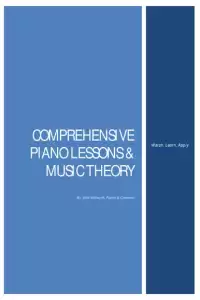

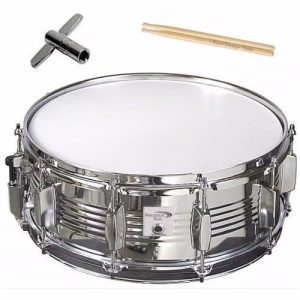

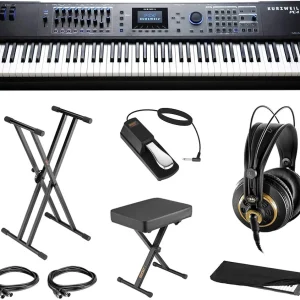
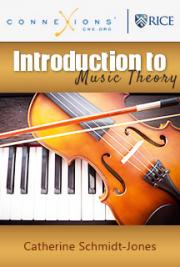



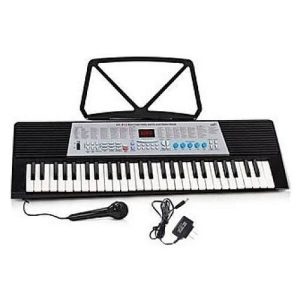
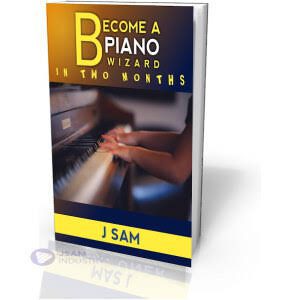
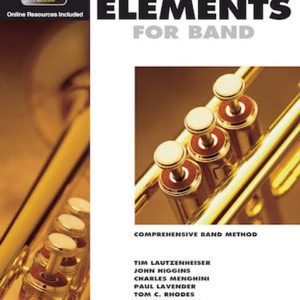



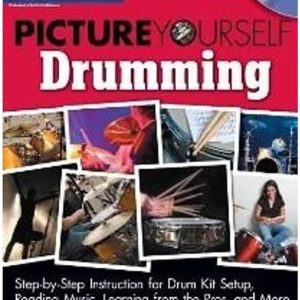
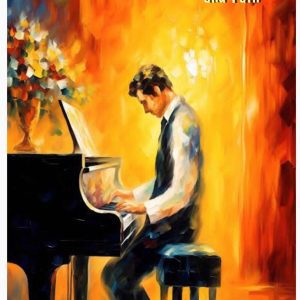
Reviews
Clear filtersThere are no reviews yet.